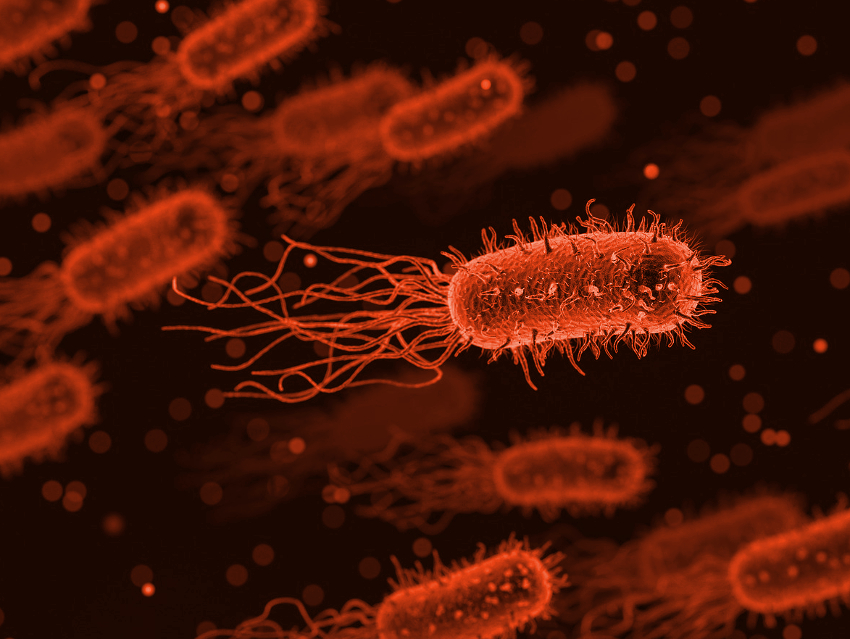Maikel C. Rheinstädter, McMaster University, Hamilton, ON, Canada, and colleagues have examined how the membranes of bacteria interact with the antibiotic polymyxin B (PmB). PmB is commonly used to treat urinary tract infections, meningitis, and blood or eye infections. It was once considered the strongest drug of its kind. However, in 2016, a gene was discovered that allows bacteria to become resistant to polymyxins [1].
The researchers combined X-ray diffraction, molecular dynamics (MD) simulations, computational titration, electrochemistry methods, and fluorescence leakage assays to study the interaction between PmB and different membrane models. The drug is positively charged and is attracted to the negatively charged bacteria. Holes are then formed in the cell membrane of the bacteria, which kills the cells.
The team determined that when a bacterium has become resistant, its membrane is more rigid, shows increasing lipid packing, and the charge is weaker. This makes it much less attractive to the drug and harder to penetrate. According to the researchers, their discovery provides new insights into how germs adapt and behave and could have implications in the battle against antibiotic resistance. The results might enable the design of better, more effective drugs to fight infection.
- Membrane charge and lipid packing determine polymyxin-induced membrane damage,
Adree Khondker, Alexander K. Dhaliwal, Sokunthearath Saem, Ahmad Mahmood, Cécile Fradin, Jose Moran-Mirabal, Maikel C. Rheinstädter,
Commun. Biol. 2019.
https://doi.org/10.1038/s42003-019-0297-6
Reference
- [1] Emergence of plasmid-mediated colistin resistance mechanism MCR-1 in animals and human beings in China: a microbiological and molecular biological study,
Yi-Yun Liu, Yang Wang, Timothy R. Walsh, Ling-Xian Yi, Rong Zhang, James Spencer, et al.
Lancet Infect. Dis. 2016, 16, 161–168.
https://doi.org/10.1016/S1473-3099(15)00424-7



